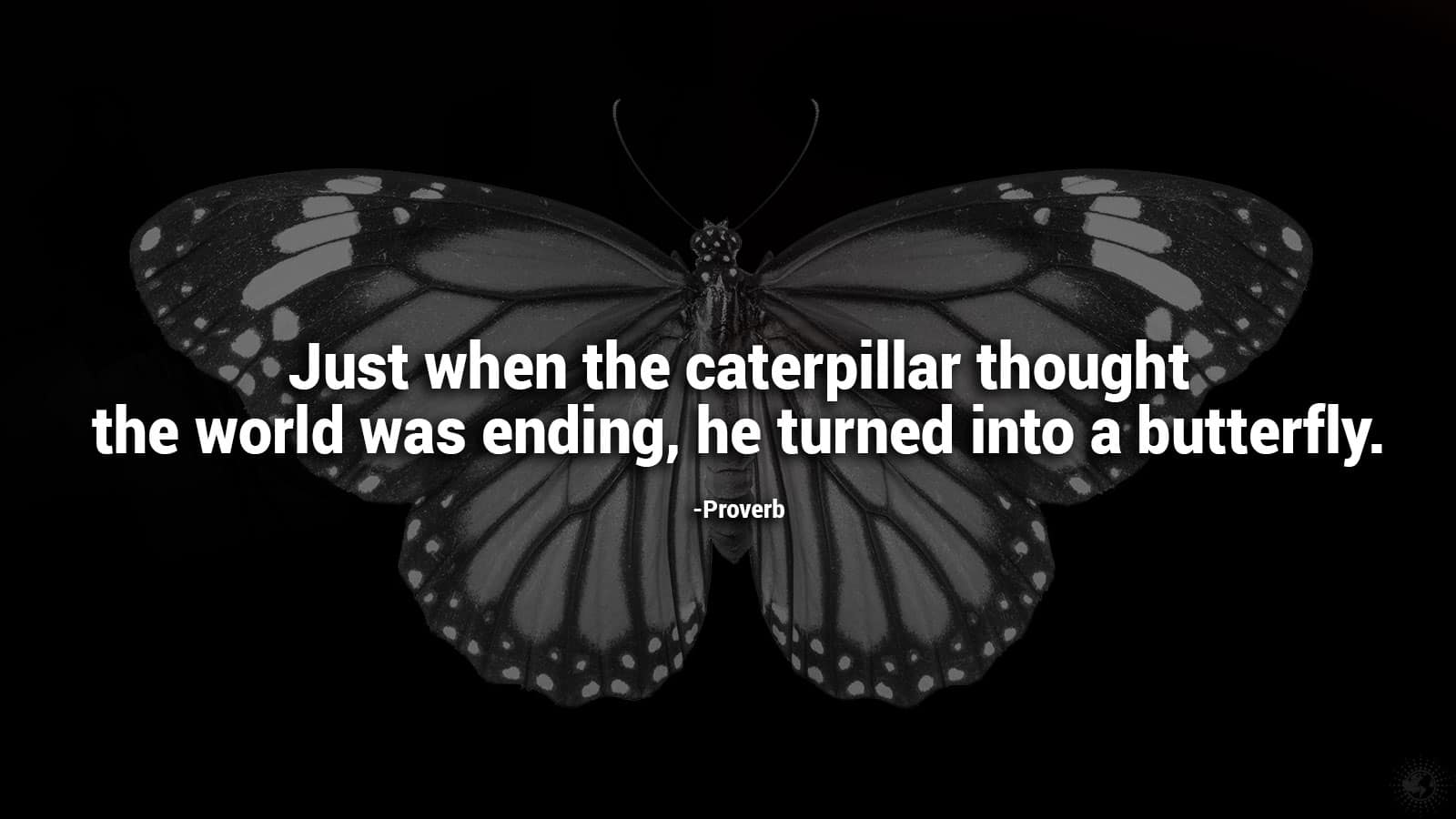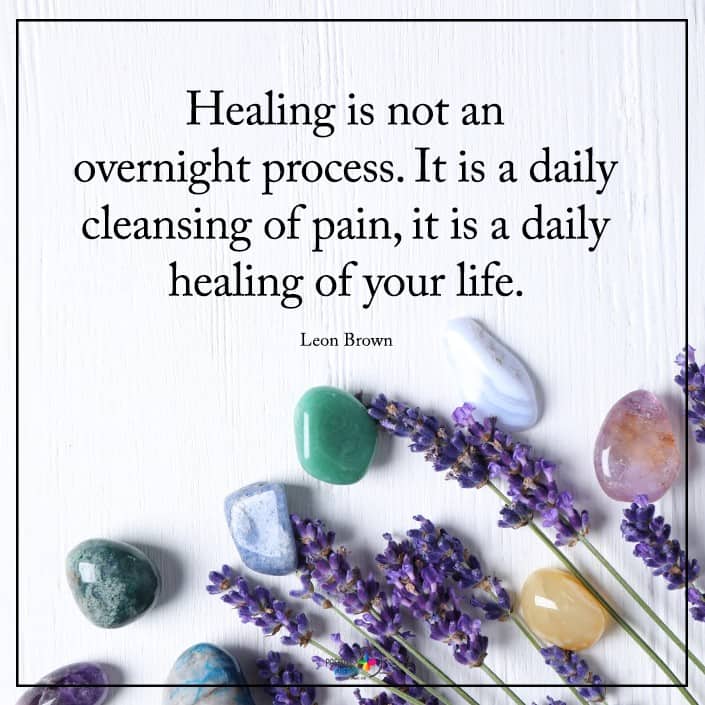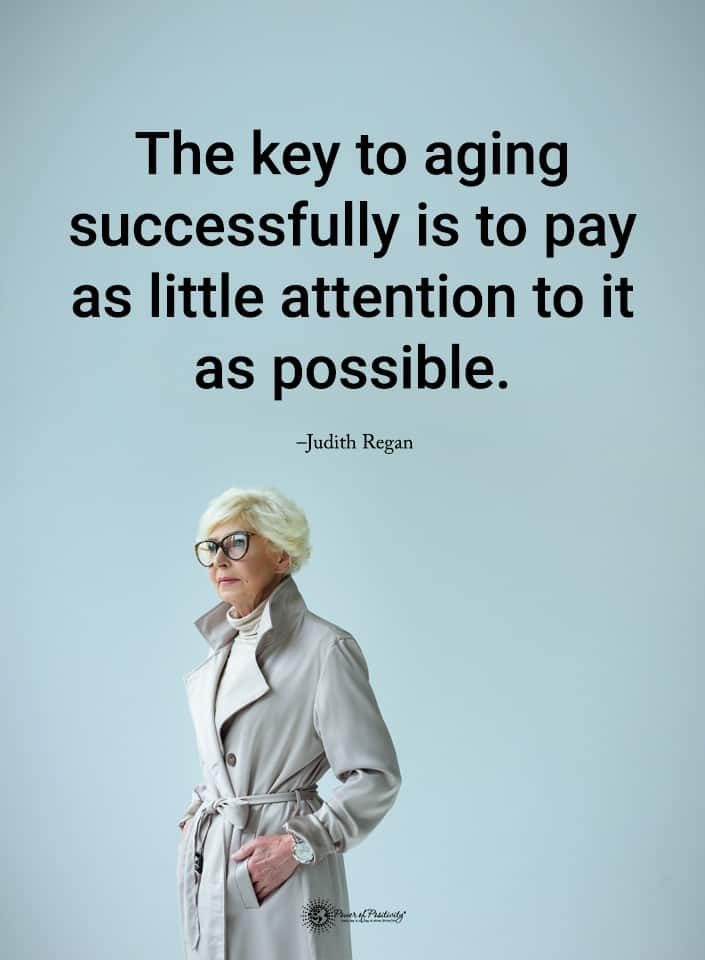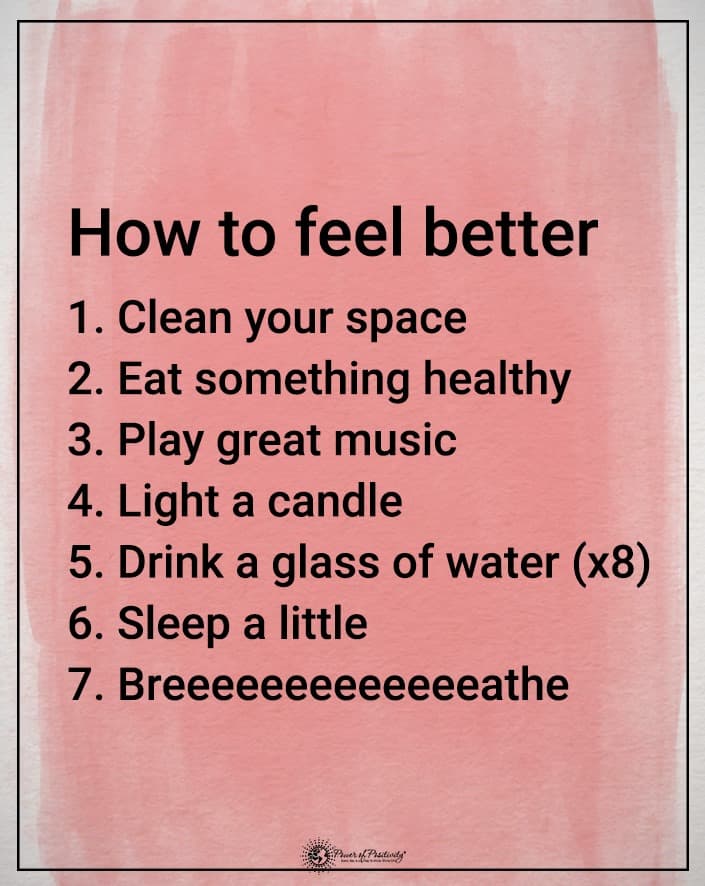The origin of the butterfly cocoon that transforms your strength is unknown, but it’s a story that’s been carried on. This story reminds you that every struggle makes you stronger and that every hardship makes you into a better version of yourself. While no one wants to experience difficulty, it is necessary for growth and development.
As you read this story, think of all the ways you can apply it to your life. You can also use it for the people that you love, helping them grow, too. The story of the butterfly cocoon helps you recognize that your best intentions might not be what your loved ones need.
While you want to help your loved ones through every hardship, it doesn’t help them improve their lives. Instead, it holds them back and causes more problems, as you’ll learn in this story. The story of the butterfly cocoon will help you realize that all you need to know in life is that you can handle anything on your own.
Butterflies can teach us that there are benefits in each hardship. As you read this powerful story, remember the lessons learned from the butterfly cocoon. Sometimes helping others isn’t what’s best, as you’ll quickly realize.
Story of The Butterfly Cocoon That Will Transform Your Strength

There are a few variations of the butterfly cocoon story, but they all end with the same results and lessons for readers. The story starts with a man who found a butterfly cocoon and wanted to see the transformation. He sat and waited for many hours, watching the butterfly fight come out of its cocoon.
The butterfly spent those hours struggling to push its body through a small hole before stopping without any progress. After a while, the man assumed the butterfly couldn’t get through any further because the hole was too small. The man wanted the butterfly to make it out, so he decided to help.
With the best intentions, the man used a pair of scissors to cut the rest of the cocoon off. Once he cut the cocoon, the butterfly emerged without any more of a challenge. However, the man noticed that the butterfly didn’t look like it was supposed to.
The butterfly’s body was swollen, and its wings were small and shriveled. At first, the man didn’t realize that this was an issue, and he continued to watch, expecting the transformation. He waited for the butterfly to fly away, but it never happened.
Instead, the butterfly was forced to crawl around the ground with tiny wings, unable to fly. Between the under-developed wings and the butterfly’s swollen body, it would never be able to live a fulfilling life, free to fly.
Why the Butterfly Couldn’t Fly
While cutting the cocoon and helping the butterfly emerge might have seemed like a good idea, it wasn’t. The butterfly’s short life would be spent on the ground rather than flying around like it’s supposed to. When this situation happens, the butterfly doesn’t receive the hardship and resistance it needs to grow.
When a butterfly works on squeezing its way through the tiny opening, it’s doing what it needs to do. The restriction forces the fluid from the body into the wings, making them grow as it emerges. However, they must work their way out of the cocoon for their wings to develop.
Additionally, the butterfly must eat its way through the cocoon to become strong enough to come out whole and strong. When the man thought he was helping by cutting the cocoon, he did the opposite. He prevented the transformation and the butterfly’s chance to fly freely.
The Lesson Learned
This tragic story about the butterfly cocoon isn’t supposed to make you sad. Instead, it is intended as a lesson in growth and development. The biggest lesson to take from the story is that each person must do the work themselves to become whole.
Your obstacles give you the strength you need to get through and overcome. They also provide you with everything you need to live your life each day. Hardships help you grow and develop into a better version of yourself, something that wouldn’t have happened otherwise.
While struggling isn’t a good time for anyone, it’s worth it to persevere. Moments of hardship and obstacles are the times that change you for the better. When it comes to your loved ones, you must also let them work through their difficulties without interfering.
Even when you can step in and make things easier, you must refrain from stunting their growth and development. It might be hard to sit back and watch, but it’ll be worth it long-term. It will help them make beneficial changes that last throughout their life.
When you take the easy path or step in to help someone else, it only leads to a more challenging life. It leads to more incredible hardships later on that you or your loved one aren’t prepared to handle. Everyone must experience hardship to make essential and beneficial life changes.
There is no shame in struggling, as it is a part of your journey and what makes you who you are. Additionally, you might initially feel good about helping someone and saving a loved one from hardship, but each person must learn for themselves. Everyone must figure things out and set their life path.
What to Do Instead
It’s almost impossible to sit by and watch your friend or loved one struggle without offering to help. The next time you are in this situation, remember the story about the butterfly cocoon. Instead, refrain from stepping in and watch how they approach things instead.
You can also ask questions to help your friend or loved one work through the problem. Don’t tell them what to do, but ask questions that help them figure it out. Ask open-ended questions such as, “how do you think you can achieve what you need?”.
You can also ask what kind of support they need and offer a listening ear. No matter what you do, remember that this situation is about the other person’s growth and development. Avoid stepping in, or you can disrupt the entire process.
Asking open-ended questions also builds trust between the two of you and lets the other person know that you believe in them. When they see that someone thinks they can create a solution, they’re more likely to find one. It also builds confidence, self-esteem, accountability, and courage.
If someone makes a mistake and starts again, you still must not intervene. Instead, you can use it as an opportunity to ask the person what they can do differently next time. This line of questioning helps your loved one understand that there are more solutions and that they can try again.
When you are struggling, apply all these same questions to yourself. You might feel weird talking to yourself, but it’ll help you find the solutions you need.
Other Ways to Offer Support
When your friend or loved one is going through a hard time, and you can’t help, you might feel bad. However, there are still ways to support and help them without hindering their growth and development.
First, you can stand by and cheer them on as they work to get through their hardship. Please don’t hold back words of encouragement, and make sure they know you are there for them. By cheering them on and encouraging them, your loved ones will know they aren’t alone, inspiring them to move forward.
Additionally, listening to someone vent or vocally work through their problems can make all the difference. Asking questions isn’t enough if you actively listen and show empathy. Providing emotional support in this way requires displaying open body language, avoiding distractions, and asking for clarification.
It is also essential you avoid judgment when supporting someone during a hardship. People who are struggling are likely experiencing self-judgment already, so don’t add to it and worsen it. They don’t need to hear your critique, and it won’t help them grow and develop, either.
Instead, keep hints of disapproval out of your voice and focus on saying sympathetic phrases. Validate your loved one’s feelings, even if you don’t fully understand. You’re sure to help them find their way through the hardship by doing these things.
The Story of The Butterfly Cocoon That Will Transform Your Strength
While it’s instinctive for you to want to help other people when you see them struggling, you must refrain. As the story of the butterfly cocoon teaches, everyone must struggle to grow and develop. Let people work through their hardships on their own, standing by only to cheer them on.
No matter how long it takes, don’t step in and do things for someone. When you do something for them, they can’t learn, grow, or develop. Then, they won’t have what it takes to face the next hardship that comes their way.
Make sure you let your friends and loved ones work through their problems. Plus, you must make sure you work through your problems, too. Then, everyone will have what it takes to succeed in life and move forward positively.




















